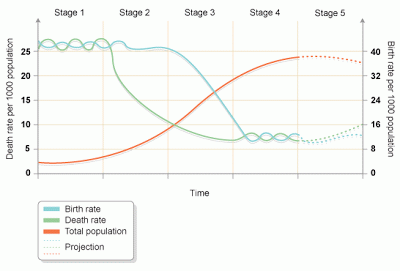In
the
18th
century,
the
Triangular
Trade
was
part of the
slave
trade between
three
continents:
Europe,
Africa
and
America
(particularly
the
West
Indies).
Ships
which
transported
slaves
left from
big
ports
like
Amsterdam,
Lisbon, and Nantes
(1427 expeditions
between
1715 & 1789). Nantes,
in
France,
was
the
1st
slavery
port
in
the
world
during
the
18th
century.
Europeans (mostly Spanish, French and English) loaded glass trinkets, fabrics,
weapons or manufactured goods in the ships. In Africa, most of the time in Senegal or in the Island of Goree, they exchanged their cheap cargo for slaves.
The ships then continued
and the slaves were shipped to, for example, the West Indies, where they were swapped
for production crops such as sugar, vanilla, tobacco, coffee or various other tropical products. About 5000 slaves per year were deported to the
Americas. The journey was horrible for the Blacks, and almost 15%
died during the trip.
The Triangular Trade allowed the most magnificent buildings in the French ports to be built, and was a huge source of money for European countries. It was also a major factor in the disappearance of the ancient African societies and a cause of today's underdevelopment of the African continent...
The Triangular Trade allowed the most magnificent buildings in the French ports to be built, and was a huge source of money for European countries. It was also a major factor in the disappearance of the ancient African societies and a cause of today's underdevelopment of the African continent...

















